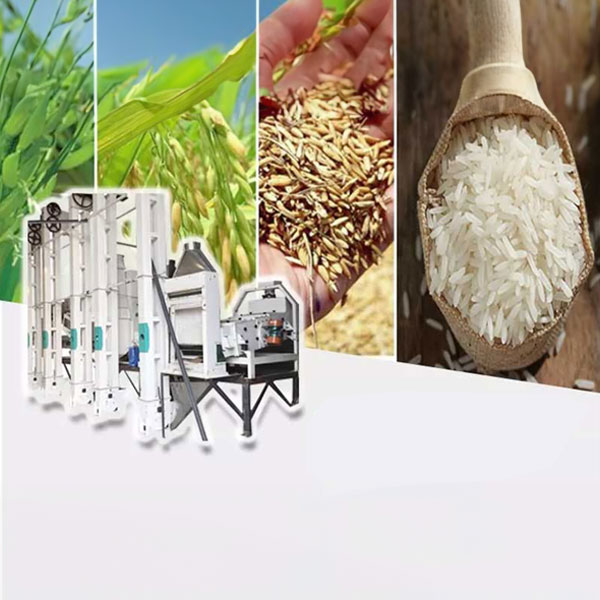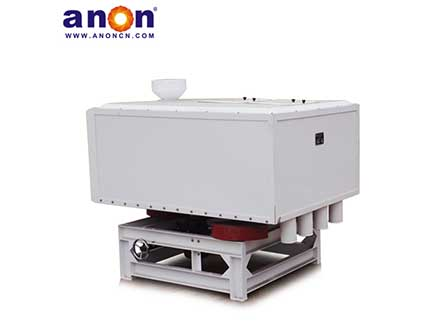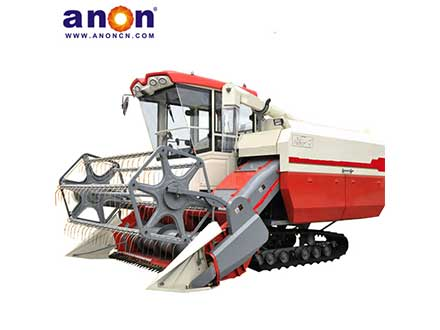How to parboil rice? Are you curious about this? Parboiled rice is a special method that extends its storage time and enhances its nutritional value. In this article, you will learn in detail about how to parboil rice. Every step from cleaning, soaking, parboiling to drying.
We have an extensive array of rice parboiling equipment. Over the years, we have gained valuable experience in the industry and successfully catered to a wide range of customers. Rest assured, we are well-equipped to address any questions or concerns you may have. So, let’s get started without delay!

What is Parboiled Rice?
Parboiled rice undergoes special treatment, including steaming before husking. This sets it apart from brown rice and white rice, which are processed directly through husking. After parboiling and husking, rice takes on a semi-transparent, slightly yellow appearance. This processing method allows rice to absorb moisture and fully release nutrients during the process. Steamed rice is easier to cook, has a better taste, and has a unique aroma.
Importance of Knowing How to Parboil Rice
Why should you learn how to parboil rice? First, it helps you pick the rice that is right for you. Additionally, knowing this helps you comprehend the processing flow and expand your knowledge. Moreover, if you are interested in working in this field, learning how to parboil rice is crucial. This includes understanding each detailed step and the relevant equipment needed.
Next, you will have a detailed understanding of each step of parboiling rice.
How to Parboil Rice: Step by Step
The general rice processing process includes cleaning, husking,milling, grading, and more. Parboiling rice involves adding some steps before the rice is husked. Interested in learning how to parboil rice? Let’s begin now!
Cleaning
Cleaning is essential in rice processing. It removes impurities like straw, stones, and dust from the rice. This prevents water pollution during soaking and allows for the reuse of water. Additionally, clean rice enhances processing efficiency and prevents damage to machines.
The cleaning process primarily involves rotating and vibrating to eliminate impurities. Due to the varying volume and weight of grains and impurities, they are separated accordingly. There are three common types of cleaning machines. Cylindrical initial cleaners, vibrating screens, and destone machines.
Cylindrical initial cleaners feature two layers of screen tubes. And there are many different-sized holes on the inner and outer layers. Through continuous rotation, these machines separate large and small impurities. Vibrating cleaning screens operate with linear reciprocating, circular, or elliptical motion. Under the continuous vibration of the machine, grains and impurities are separated through layer by layer of the sieve plate. Destone machines are equipped with suction and vibration devices. They separate stones and grains by adjusting wind pressure and vibration frequency.
After cleaning, the first step on how to parboil rice is completed. Next, the elevator will transport the cleaned rice to the next stage of the process.

Soaking
Before learning how to parboil rice, it is important to understand how to soak it. Because soaking is a crucial step in parboiling rice. The cleaned rice is lifted by a hoist and placed into a soaking tank for this purpose. Usually, high-temperature immersion method is used, which involves vacuum, constant temperature, and pressure immersion. This method can enable rice to fully absorb water in a short period of time.
During soaking, maintaining the water temperature is crucial. The rice should be soaked in hot water at 70 to 80 degrees Celsius for about 4-6 hours, depending on the rice quantity. It is important to ensure that the rice is fully submerged in water and that the water level remains consistent throughout. Additionally, the water temperature must be carefully monitored.
The soaking tank is equipped with inlet and outlet pipes, allowing hot water to enter the tank and drain out after soaking. Each soaking tank can hold up to 5 tons of rice and 5000L of water, with a total water tank capacity of 15000L. These tanks are made of materials resistant to high temperature and pressure. After soaking, the water is drained from the tank, and the rice proceeds to the parboiling process.
Parboiling
Next comes the crucial step on how to parboil rice. Parboiling is conducted under high-temperature steam at 180 degrees Celsius. As the rice descends, it parboils rapidly, allowing for the processing of 10-15 tons of rice within an hour. During the parboiling process, it is crucial to control high-pressure and high-temperature steam. Additionally, ensuring uniformity in steam temperature and time is essential for optimal results. This ensures optimal gelatinization of the starch in the rice, resulting in high quality parboiled rice.
Through parboiling, the starch in rice is fully gelatinized, and the nutritional value of rice is improved. In addition, the nutrients and color in the husk and bran seep back into the rice grains. This makes steamed glutinous rice more nutritious than white rice, and its color presents a transparent honey color. By adjusting the cooking parameters, rice with different shades of color can be processed.
By now, you have learned how to parboil rice. These are also the differences between parboiled rice and regular rice. After soaking and steaming, the nutritional value of steamed rice is improved. Parboiling can also kill pests and prolong the storage time of rice.
Drying
This is the final step on how to parboil rice. After soaking and steaming, rice retains a significant amount of water, which is not ideal for storage and husking. Hence, drying becomes a necessary step.
Drying typically involves two steps to minimize the rice’s breakage rate. Firstly, the rice swiftly passes through a fluidized bed, where its moisture content rapidly decreases. Then, it enters a drying tower, where it is dried in a cycle for 4-6 hours at a temperature of 80-100 degrees Celsius, reducing the moisture content to 14%. This moisture level is optimal for rice milling and helps minimize breakage.
After drying, the rice can be processed through steps such as husking and milling. And then transported to various parts of the world for distribution.

Conclusion
In this article, you have learned in detail how to parboil rice. Every step has been explained very clearly to you.
If you have any further questions or would like to purchase related equipment after studying, please visit ANON. We will provide you with the most detailed answers and the highest quality service 24/7!




